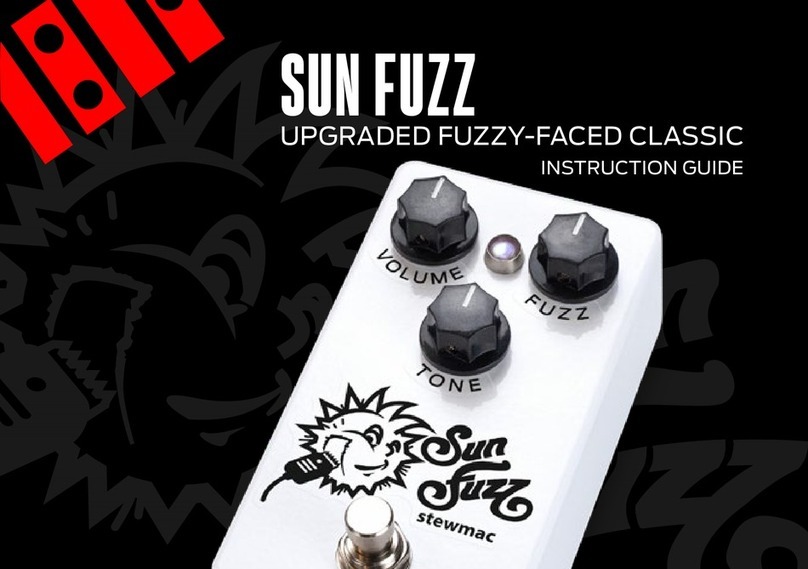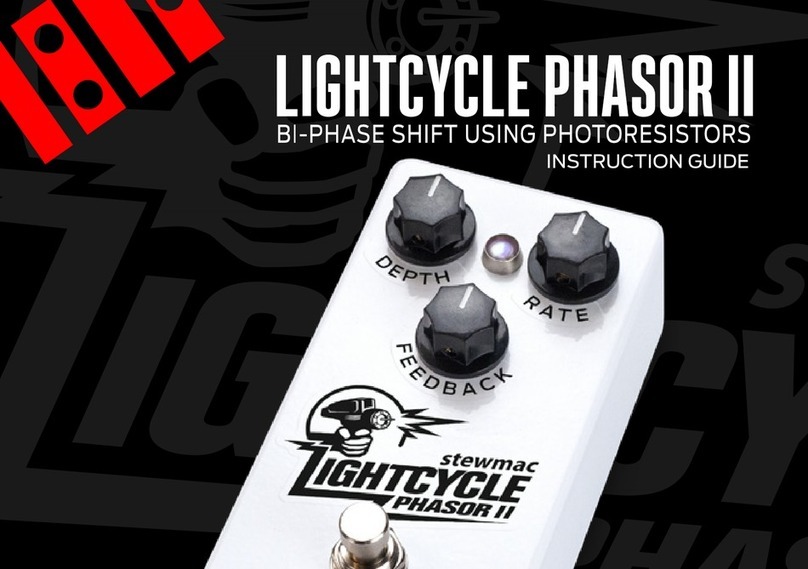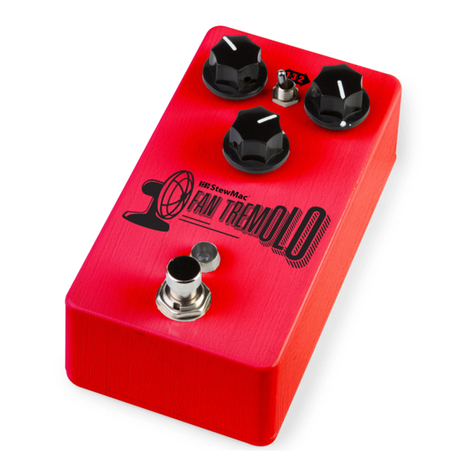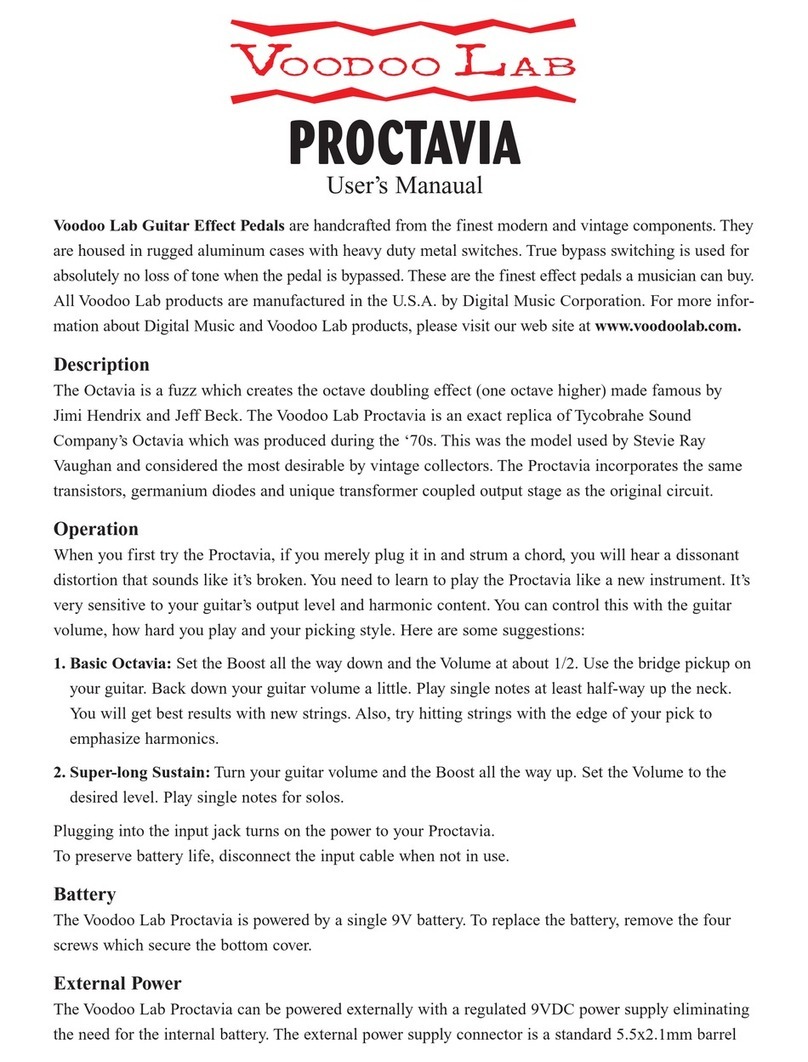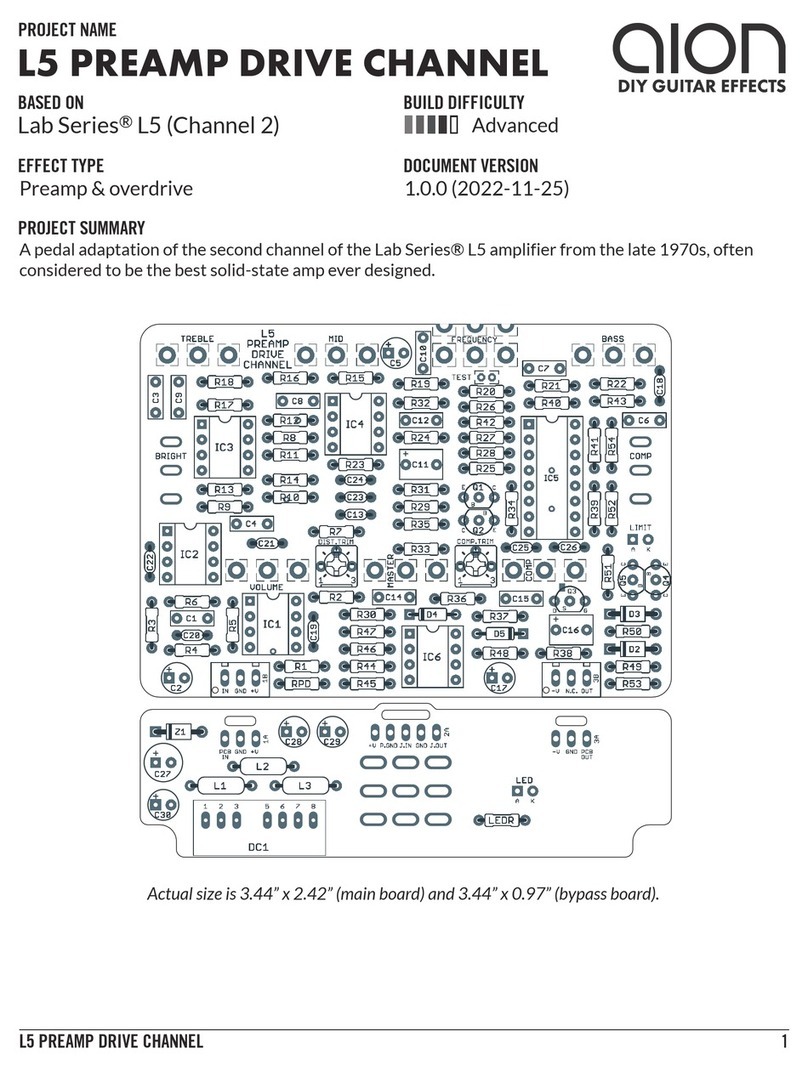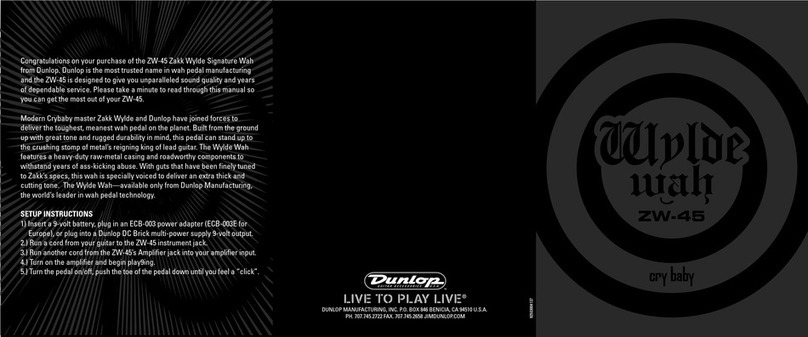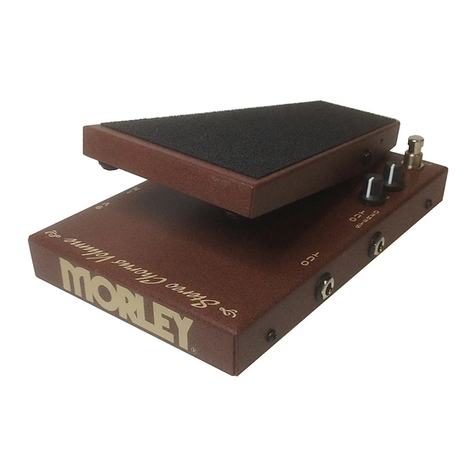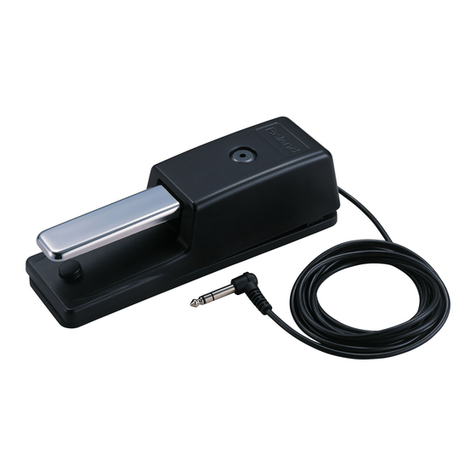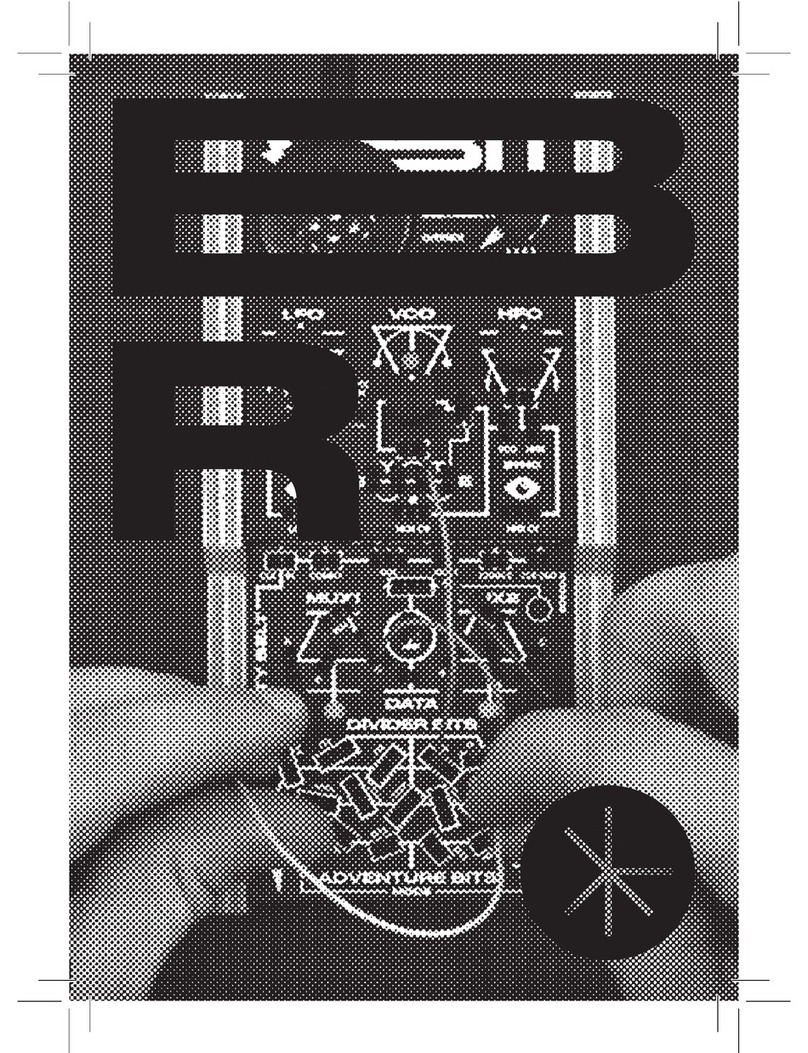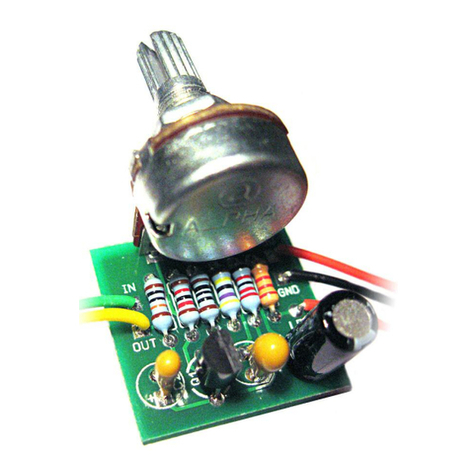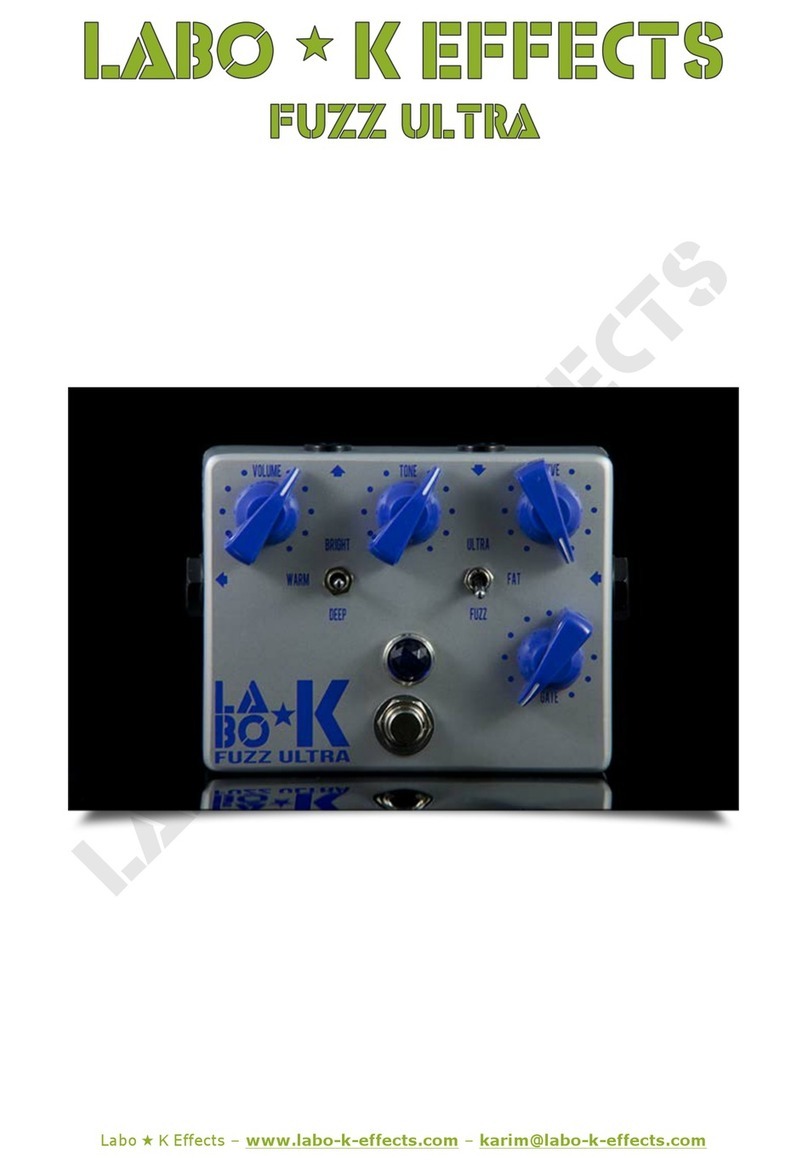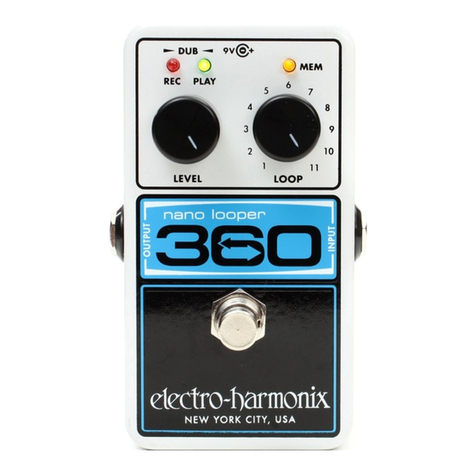StewMac TWO KINGS BOOST DOUBLE-POWERED ROYAL TONE Manual




















This manual suits for next models
1
Table of contents
Other StewMac Music Pedal manuals

StewMac
StewMac Monarch User manual
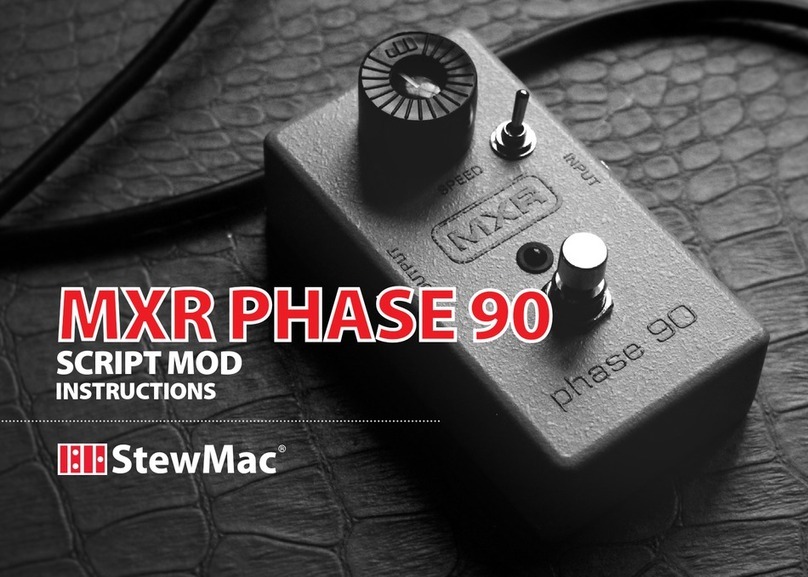
StewMac
StewMac MXR PHASE 90 User manual
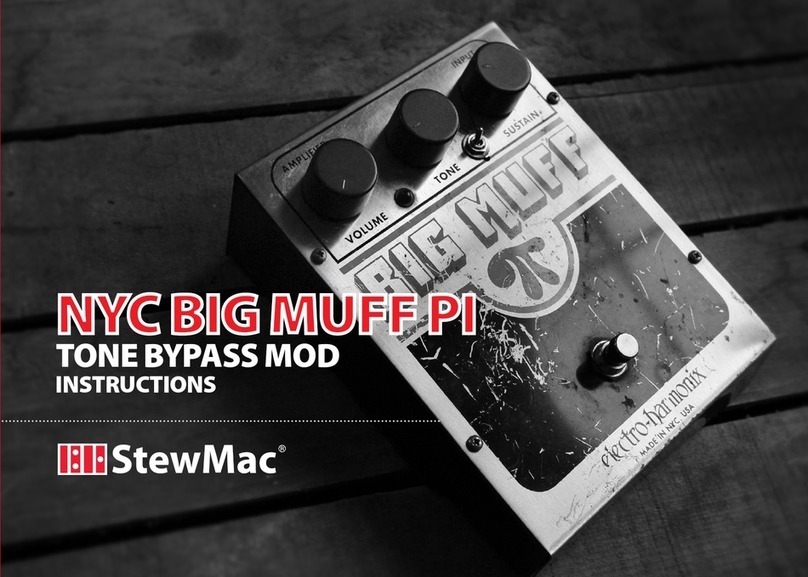
StewMac
StewMac NYC BIG MUFF PI User manual
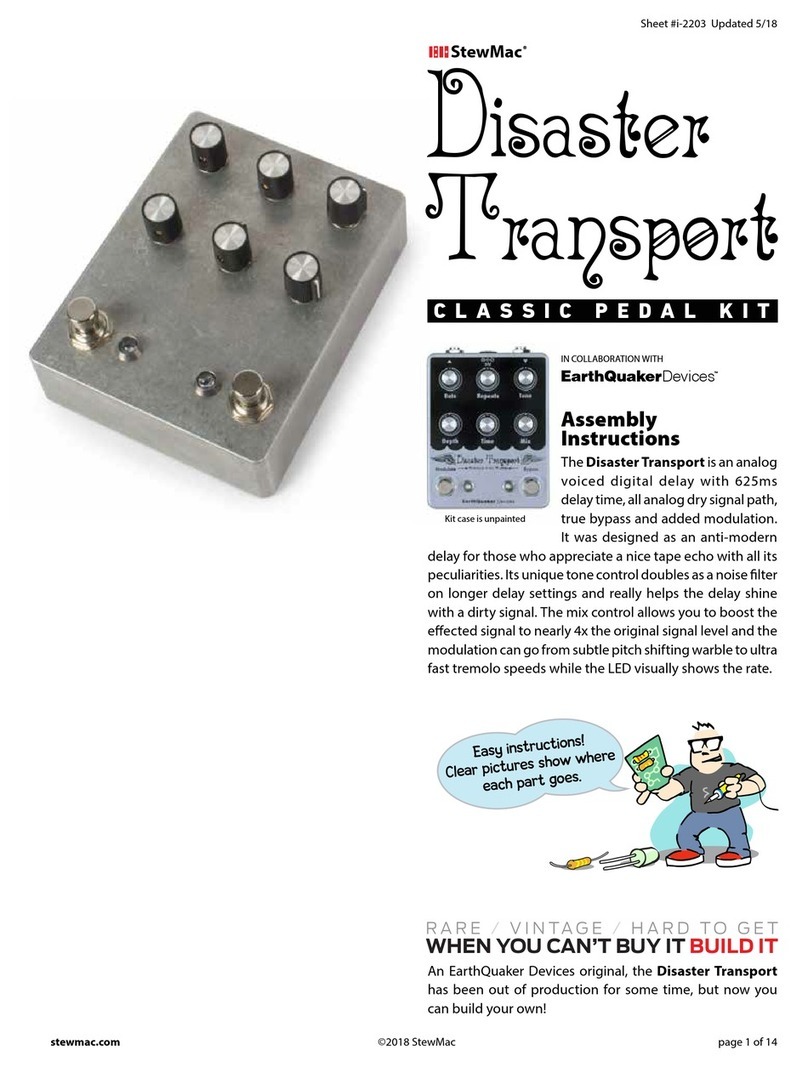
StewMac
StewMac Disaster Transport User manual

StewMac
StewMac INTERVAL FUZZ Manual
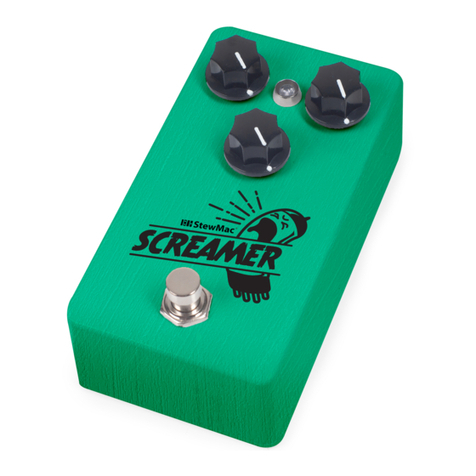
StewMac
StewMac SCREAMER Manual
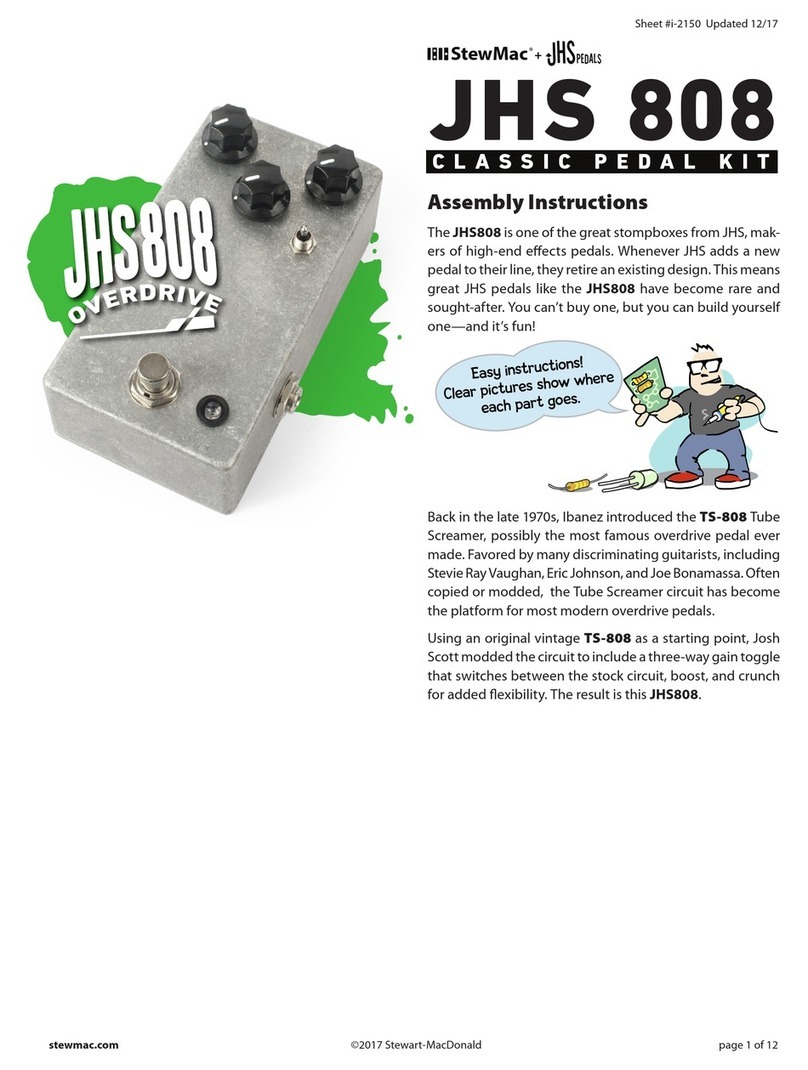
StewMac
StewMac JHS 808 User manual
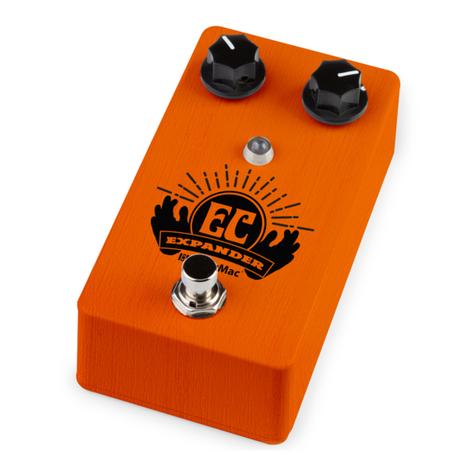
StewMac
StewMac EC EXPANDER PEDAL KIT Manual
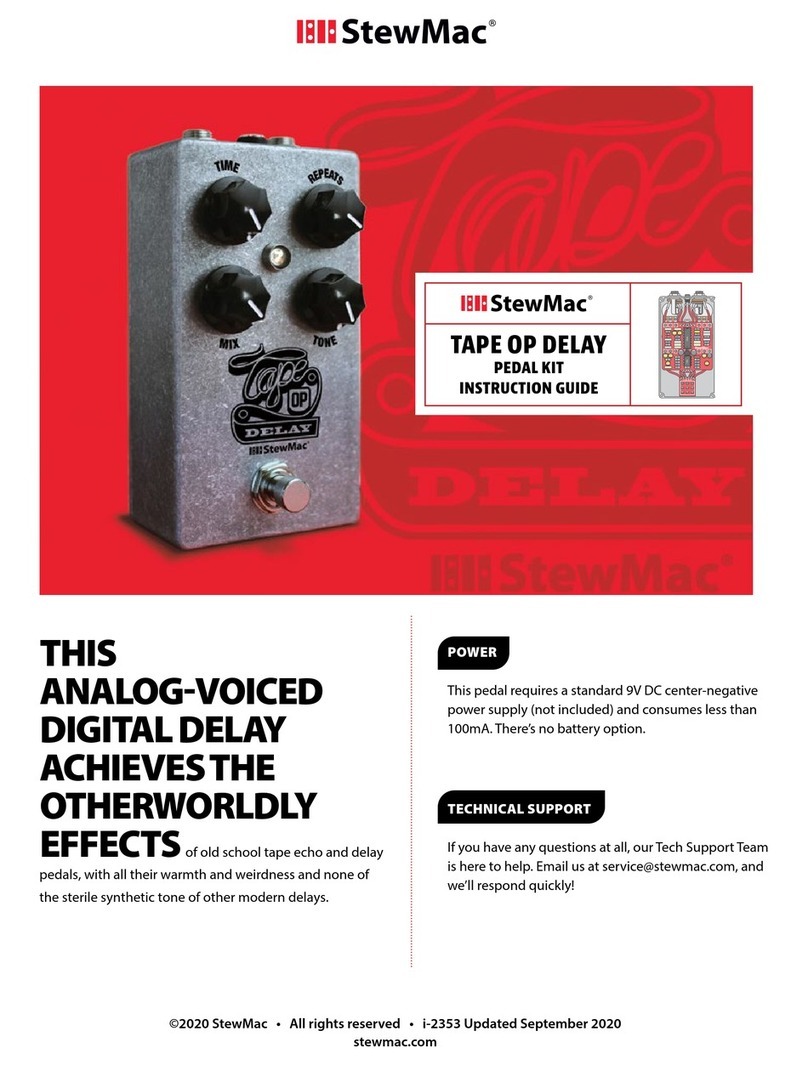
StewMac
StewMac TAPE OP DELAY Manual

StewMac
StewMac SWELL DRIVE Manual
Popular Music Pedal manuals by other brands

BSQ Effects
BSQ Effects Sir Psycho quick start guide
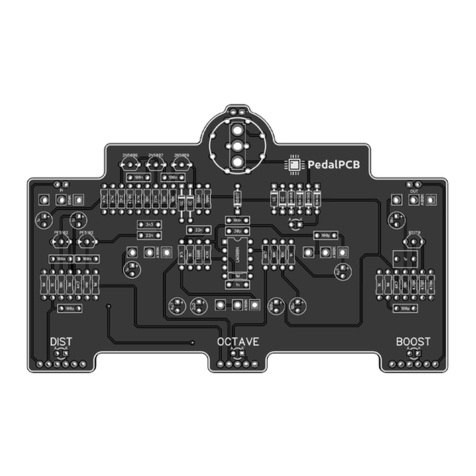
PedalPCB
PedalPCB 2020 Edition Parentheses Fuzz manual
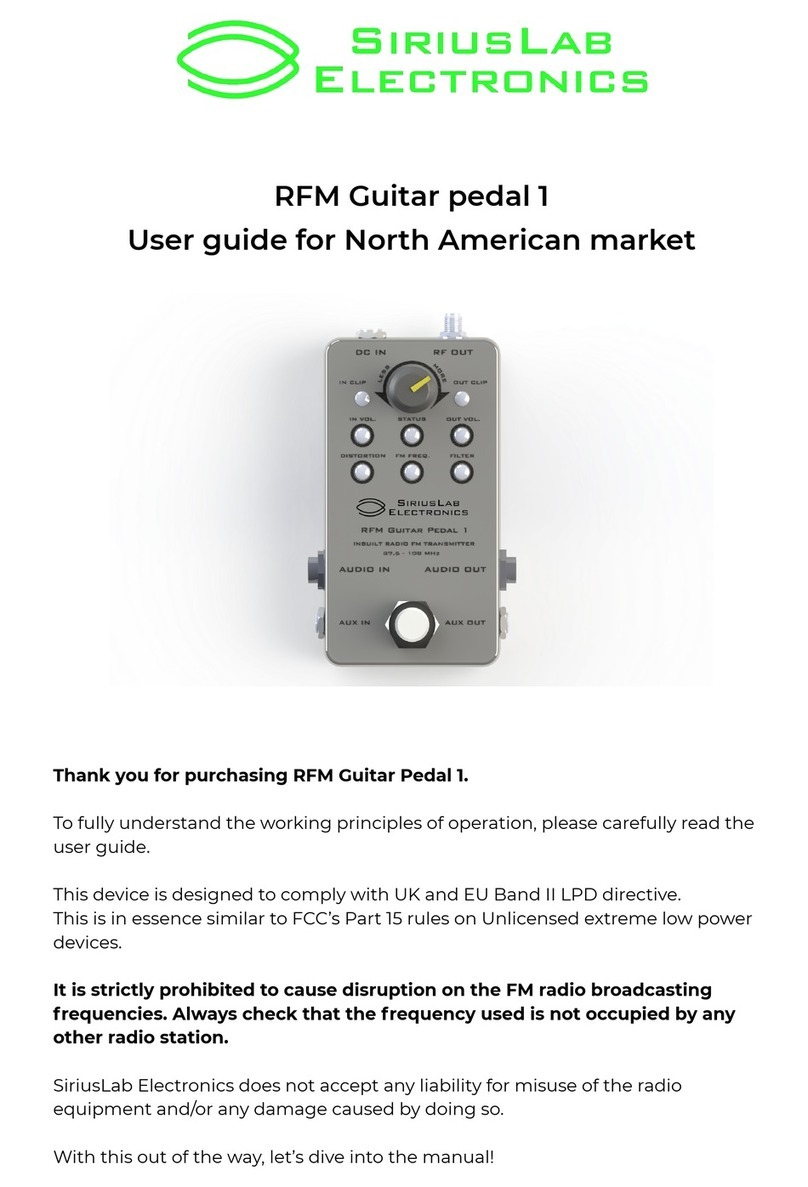
SiriusLab Electronics
SiriusLab Electronics RFM Guitar pedal 1 user guide
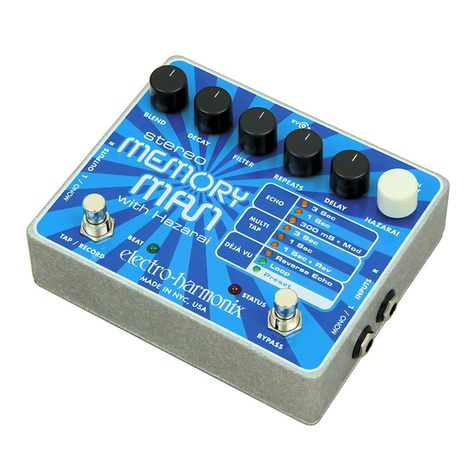
Electro-Harmonix
Electro-Harmonix STEREO MEMORY MAN WITH HAZARAI user manual

Walrus Audio
Walrus Audio Iron Horse V3 instruction manual
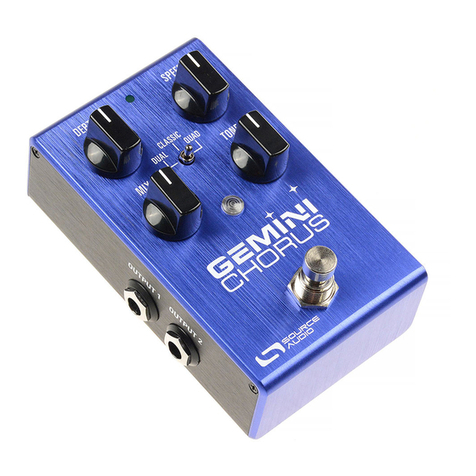
Source Audio
Source Audio Gemini Chorus user guide
